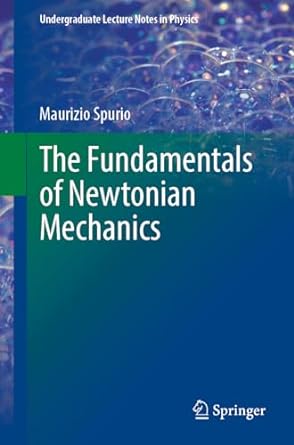The law of radioactive decay is given by the relation (N(t)=N_{o} e^{-lambda t}), where (N_{o}) is the
Question:
The law of radioactive decay is given by the relation \(N(t)=N_{o} e^{-\lambda t}\), where \(N_{o}\) is the initial number of nuclei of a certain substance, \(N(t)\) those remaining after a certain time \(t\) and \(\lambda\) a constant characteristic of each radioactive substance. The half-life, \(t_{1 / 2}\), is the time required to observe the halving of the initial number of elements. The activity \(A(t)\) is the number of decays per unit time (units: 1 disintegration \(/ \mathrm{s}=1 \mathrm{~Bq}\) ). The \({ }_{6}^{14} \mathrm{C}\) isotope of carbon has half-life \(t_{1 / 2}=\) 5730 years and is naturally occurring at a concentration, relative to the stable isotope \({ }_{6}^{12} \mathrm{C}\), equal to \(r={ }_{6}^{14} \mathrm{C} /{ }_{6}^{12} \mathrm{C}=1.17 \times 10^{-12}\). The \({ }_{6}^{12} \mathrm{C}\) has concentration in nature equal to \(99 \%\) of the total. Avogadro's constant is equal to \(6.0210^{23} \mathrm{~mol}^{-1}\).
1. Determine the functional relation between \(t_{1 / 2}\) and \(\lambda\) and the value of \(\lambda\) for \({ }_{6}^{14} \mathrm{C}\).
2. Show that the functional relation between the activity \(A(t)\) and \(\lambda\) is given by \(A(t)=\lambda N(t)\).
3. Determine the activity of \(1 \mathrm{~g}\) of natural carbon freshly obtained by combustion.
4. The measured activity of a piece of coal of mass \(m=25 \mathrm{~g}\) from an Etruscan furnace is 250 decays/minute. Determine the age of the sample.
5. The dating limit using the \({ }_{6}^{14} \mathrm{C}\) technique is about 50000 years. In a sample with such an age, what is the percentage of \({ }_{6}^{14} \mathrm{C}\) radioisotopes remaining?
Step by Step Answer:






